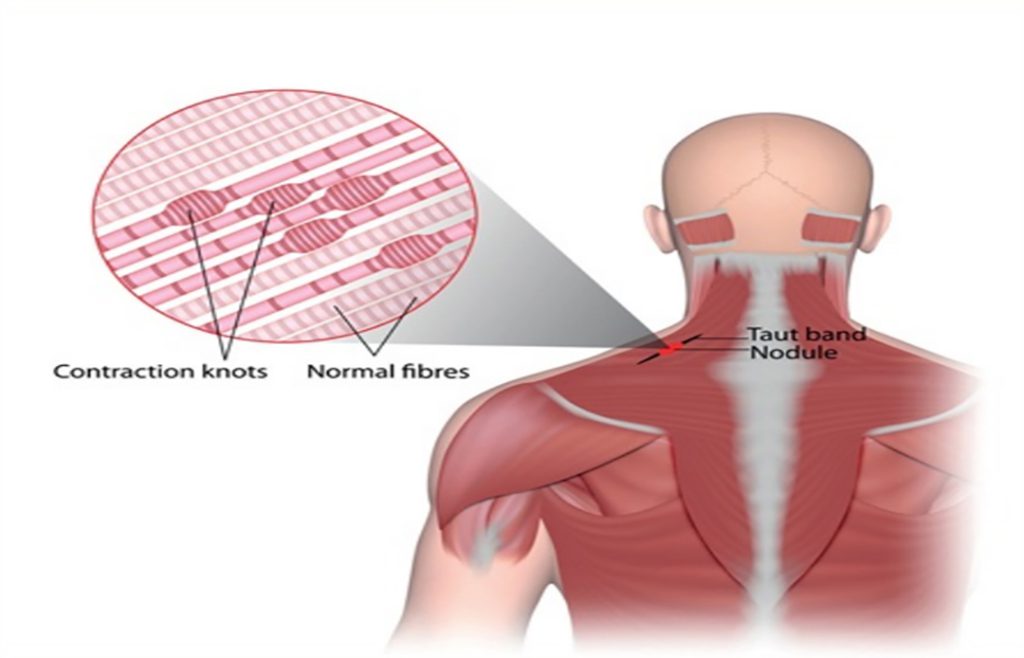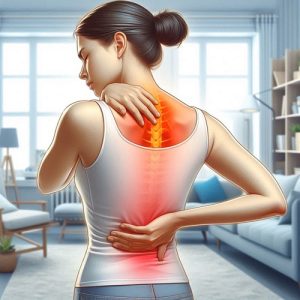Understanding Myofascial Trigger Points: An Overview
Defining Myofascial Pain and Trigger Points
Myofascial pain encompasses localized muscle tenderness, often causing persistent discomfort. Evaluation involves identifying trigger points and their impact, employing manual therapy and acupuncture to alleviate pain and restore muscle function.
Myofascial Pain and Trigger Points in Clinical Practice
Within manual therapy, a significant percentage of patients experience myofascial pain syndrome due to trigger points within muscles. Research estimates indicate that myofascial pain plays a primary role in various musculoskeletal conditions, contributing to widespread pain syndromes. More recently Gerwin (2010) indicates that myofascial trigger points are responsible for, or play a role in, as much as 85 percent of musculoskeletal pain. Dommerholt, Bron, and Franssen (2006) have identified MTrPs with nearly every musculoskeletal pain problem, including radiculopathies, joint dysfunction, disc pathology, tendonitis, craniomandibular dysfunction, migraines, tension-type headaches, carpal tunnel syndrome, whiplash-associated spinal dysfunction, and pelvic pain and other urologic syndromes. Myofascial trigger points are associated with many other pain syndromes, including, for example, post-herpetic neuralgia, complex regional pain syndrome, nocturnal cramps, and phantom pain. This list is by no means exhaustive but indicates the widespread prevalence of myofascial pain.
Characteristics and Prevalence of Myofascial Trigger Points
Myofascial trigger points are hypersensitive spots within muscle tissue, contributing to specific tenderness, and are often found in various muscle sites. They are linked to a multitude of pain conditions, showcasing their widespread prevalence in causing discomfort.
Identifying Common Trigger Points
As an example, the trapezius muscle serves as a common site for trigger points, causing neck pain and posing as a prevalent complaint in manual therapy practices. Trigger points in this area are frequently encountered and contribute to non-specific neck discomfort.



